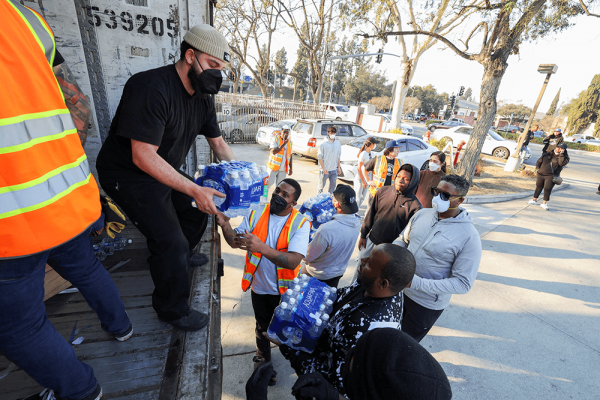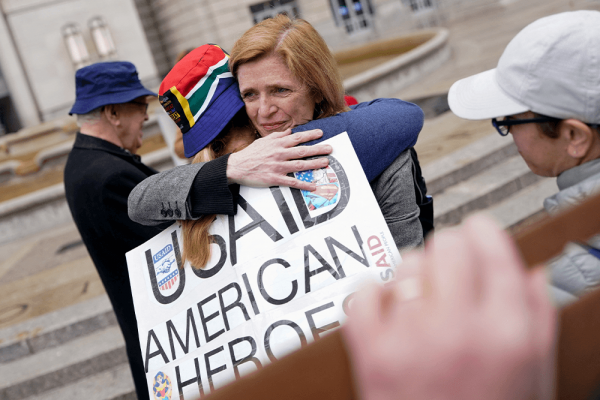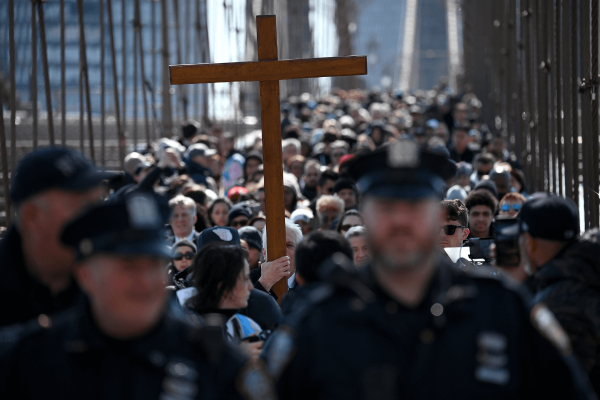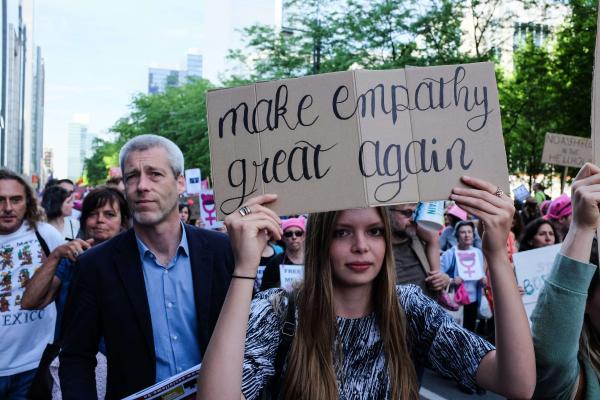On the night of September 2nd, a massive explosion from a suicide car bomb attack in Kabul, Afghanistan’s capital, killed at least 16 people and injured over 100.
This is the third attack in as many days claimed by the Taliban, Al Jazeera reported.
One day prior, the Taliban attacked Pol-e-Khomri, a northern Afghan city. Mohammad Nasim Mudabber, a lawmaker in Pol-e-Khomri, told the Washington Post that Taliban fighters were hiding in civilian homes and using residents as “human shields.”
“Unfortunately, we have casualties, but we don’t have a number yet,” he added.
These attacks have cast a pall over hopes for the long-term security of civilians in the region given that they have occurred in the backdrop of the U.S. and the Taliban peace talks. This Saturday, President Trump tweeted that he cancelled a meeting at Camp David with major Taliban leaders and called off peace negotiations after the Taliban claimed responsibility for an attack that resulted in the death of at least 10 Afghan civilians, a U.S. service member, and a Romanian soldier.
The last few months haven’t been peaceful.
In the first half of 2019, 3,812 civilian casualtiescomprising of 1,366 deaths and 2,446 injuries were documented by the United Nations Assistance Mission in Afghanistan (UNAMA), an organization mandated by the United Nations Security Council to report on the protection of civilians in the Afghanistan conflict.
In early August, Tadamichi Yamamoto, the Secretary-General’s Special Representative for Afghanistan, said that as peace efforts have intensified in recent weeks “so too has the conflict on the ground.”
July 2019 marked record-high levels of violence against civilians in Afghanistan, UNAMA stated.
Abdullah Jawed, a student at Kabul University pursuing a masters in International Relations said that the casualties are directly connected to the status of the peace talks: As peace talks near a conclusion, “every party wants to have an upper hand and impose causalities on their opponents.” In all of this, Jawed continued, civilian casualties are turning out to be the harshest consequences.
Jawed also blamed the hurried-nature of the peace talks for the violence. “Every party is focusing on how to defeat the other side in the battlefield and on the table,” he said. “So, they have no time and opportunity to think of human rights.”
Pashtana Durrani, founder and executive director of LEARNAfg told Sojourners that civilian casualties are currently at a peak because of the escalating peace talks and calls for democracy. “The Taliban is against democratic elections,” she said. “That’s why incidents of violence in the capital [Kabul] are high right now. They want to show that they still control Afghanistan.”
Durrani grew up in Afghanistan’s Kandahar Province where her tribe has lost around 2,000 people to war in the last 18 years.
According to Durrani, peace talks between the U.S. and Taliban began sometime between 2007 and 2009, continuing intermittently since then. But during all this time, civilians have continued dying.
Last year was one of the bloodiest for civilians in Afghanistan when more than 10,000 civilians were killed or injured, a third of whom were children, according to Human Rights Watch (HRW).
Patricia Gossman, associate Asia director at Human Rights Watch, had then said that governance failures include “a contemptible disregard for civilians by insurgents, and a short-sighted security strategy by the U.S.”
Judging by the current year’s civilian casualties, the peace talks are clearly failing. And the responsibility for this lies as much with the Taliban as it does with the pro-government forces.
“Attacks by pro-government forces give legitimacy to the Taliban to continue their war,” Durrani said. “If pro-government forces can attack you, then why not the Taliban? This is the kind of argument the Taliban uses in Russia and Qatar [some of the countries where the peace talks are being hosted],” she added, questioning why an elected government that has taken an oath to protect civilians is killing them instead.
In explaining other such instances that strengthen the grounds for the Taliban to carry out the war, Durrani said that last October, Americans forces wrongly targeted a convoy in her district, Maruf, that was carrying civilians. “So, as activists, how do we give legitimacy to a war which robs people of their families?” she asked.
The Path Ahead
Now, as the U.S. grows closer to a peace deal with the Taliban and prepares to withdraw 5,000 troops from Afghanistan, experts remind us that until the civilian death toll stops, peace on the ground remains a dream.
Durrani urges the U.S. to stop looking at its activities in Afghanistan as a project. “We need a sustainable, long-term development plan,” she said. “And the U.S. should not bargain away many of the freedoms, especially those that women have achieved in the past few years, to the Taliban.”
Jawed pointed out that a key player — the elected Afghan government — has been sidelined from the peace talks. “Unless the Afghan people whose representation is made by the government joins the peace talks, neither the war nor the civilian casualties will end,” he said, adding that the Taliban must agree to a ceasefire and to a power-sharing agreement with the Afghan government.
Now that Trump has called off peace talks, it remains to be seen what the pause means for the Afghan region as a whole and the future of U.S. troop withdrawal plans.
Got something to say about what you're reading? We value your feedback!







